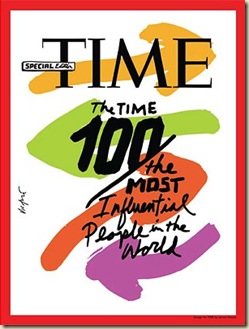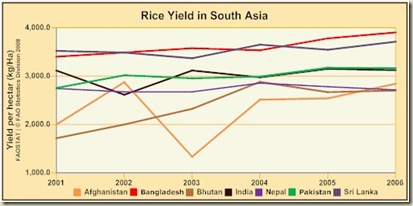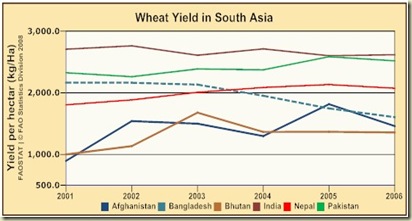And this is the fifth article on the Washington Post series on global food crisis.
Clipping, Scrimping, Saving
...Since March 2007, according to the Bureau of Labor Statistics, the price of eggs has jumped 35 percent. A gallon of milk is up 23 percent. A loaf of white bread has climbed 16 percent. And a pound of ground chuck is up 8 percent. Overall, U.S. food prices in 2008 are expected to rise 4 to 5 percent, about double the increases of recent years. And while the total rise is far less drastic than elsewhere around the world, the sharp hike for staples means everyone is feeling the pinch.
...In March, Nielsen reported that the annual number of shopping trips per household had dropped 9 percent, from 181 in 2001 to 164 in 2007.
...Case in point: Poli Marinova, a Bethesda marketing communications manager, said she has cut her grocery bills by almost 30 percent without switching to conventional foods. Instead, she skips "luxury items" like sushi and prepared sandwiches and soups. "We're buying a lot less overall at Whole Foods. We used to buy juice, biscuits and baby food from there," she said. "Now, we get a lot of that stuff at Costco or the Giant so we can afford to keep buying organic."


